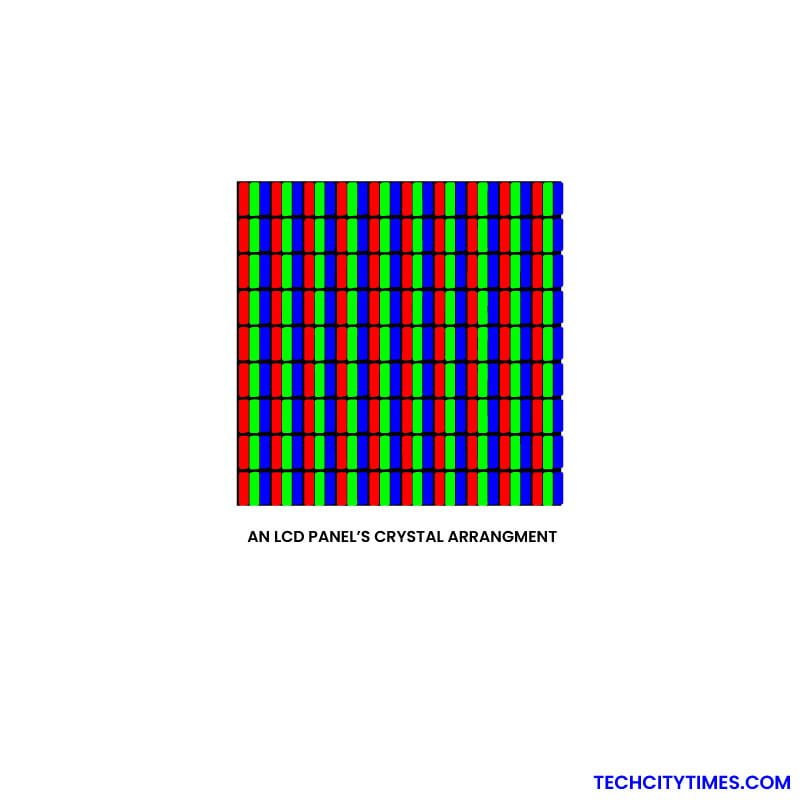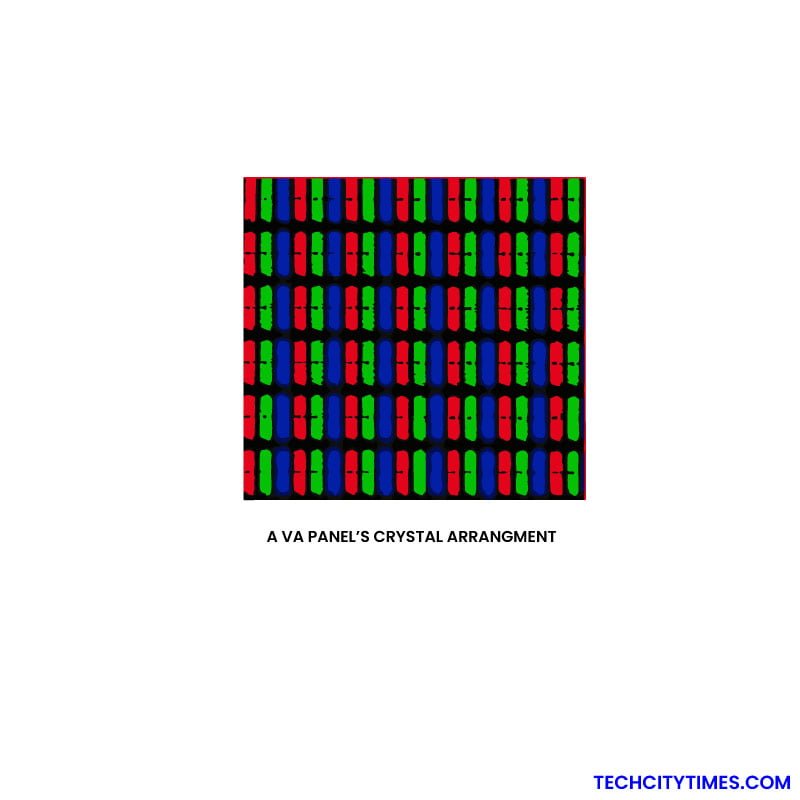For someone with limited knowledge about monitors and screens in general, choosing a monitor can be a daunting task.
There is so much jargon when you look at the specs, from response time to the use of VA or IPS panel, color accuracy, etc. Someone needs to simplify things for the layman.
In our series of demystifying tech, we’ll focus on a very common display technology called VA panels. What are VA monitors and how are they different?
Apart from that, we shall also give you the pros and cons of these monitor panels that would help you understand if you should go with these panels or not. Let’s get started.
What are VA Monitors?
VA panel technology is a type of LCD technology that changes the position and the orientation of the crystals used in the screen. LCD stands for liquid crystal display, and VA is a variation of just that.
VA stands for Vertical Alignment and that pretty much explains the entire meaning of VA panels. It is time to put on our imagination hat.
In an LCD, mostly IPS, these crystals that glow when electricity is passed through them are placed parallel to the substrate or the glass.

Imagine a deck of cards all kept with their faces visible on a table. The faces are the colors that light up to make up the image on the screen.
In a VA panel, these cards are kept vertically, meaning that they are kept on their edges perpendicular to the substrate or the screen.
In other words, these crystals are arranged vertically and the light-emitting side does not face the substrate or the screen. To the eyes, you’ll see the edge of the crystal and not the color.
But then how do these panels show colors? In a very clever way.
So when electricity is passed through an LCD panel, the crystals light up and you get the image on the screen. But when current passes through a VA panel, the crystals tilt.

This “tilting” of the crystals reveals the light and the image on the screen. Going back to the cards analogy, the vertical cards tilt so that you can see their faces.
What Makes VA Different in Practice?
Now that you know the difference between how the VA panel operates and its structure, the next question is why do you have this difference? What difference can you see by placing the crystals in such an orientation?
The best benefit of a VA panel is the rich contrast that comes with it. LCD panels are infamous for their poor contrast ratio. Compared to an LED panel’s black, the LCD panel’s black looks more like gray.
LCD panels are poor at producing good contrast ratio and rich blacks as the entire screen needs to “light up” to show any color, even darker shades, and blacks.
In LED panels, the screen just turns off individual pixels to show the blacks of an image. This is not possible with an LCD panel, but there is a workaround.
As mentioned before, VA panels have their crystals vertically aligned. This means that darker areas of the image and black will be richer compared to an IPS or TN panel where the light-emitting crystals are facing your eyes.
VA panels are great in giving a richer image with much more contrast than any other LCD panel. It is behind LED in terms of contrast, but it is much cheaper as well.
Disadvantages of VA panel
As the saying goes “with every great advantage comes an annoying disadvantage.” VA panels might be slightly cheaper and provide richer black shades, but they also lack in many areas of image production.
Low Brightness
The biggest difference you will see when comparing IPS and VA panels is the brightness. VA panels are notoriously dim and can never match the eye-blinding brightness of an LCD panel.
This lack of brightness is directly due to the alignment of the crystals. Since these crystals are not facing your eyes directly (as is the case with IPS) you get lower brightness.
Lower brightness does not mean that you need to sit in a dark room to view the images on a VA panel. It is completely usable in a bright environment. But the moment you put the screen next to an IPS panel, you will see the difference.
Poor Viewing Angles
Another disadvantage of the vertical alignment is the poor viewing angle. The colors of the image in a VA panel take the biggest hit. They only look good (and accurate) if you are looking at the monitor from a particular angle.
The moment you tilt the screen or move a little sideways, you will be shocked to see how washed out the colors look. The difference is even more noticeable when you look at the same image on an IPS panel.
Dull Colors
Dull colors on a VA panel are not a disadvantage but more of a comparison. The colors are not at all bad with these panels (if you are looking at the monitor from the correct angle.) But when you compare it with an IPS panel, they are a disaster.
IPS panels show punchy, vibrant, and bright colors compared to VA panels. Color in VA panels tends to look a little washed out.
Slightly washed-out colors are not a bad thing but if you are someone who likes seeing punchy colors, you’ll be disappointed at what the VA panel shows.
Response Time
The last major disadvantage of using a VA panel is the poor response time. The VA panel has the worst response time compared to all other LCD panels.
Response time is the time the monitor takes to display the changes. From a character being typed on a simple word processor to the quick firing of the gun in your FPS game, everything is affected by response time.
VA panels have a response time of 4-5 milliseconds. This means that all the speed typists do not need to worry about it as the response delay is hardly noticeable while doing basic tasks like browsing, watching videos, or typing.
But for gamers who like to play competitive or first-person shooter games such as Counter-Strike, Valorant, or Fortnite, 4-5 ms of response time would be disastrous. So serious gamers, avoid VA panels.
Casual gamers who play games just for the story or the gameplay such as Red Dead Redemption, Elden Ring, etc would not mind the response time.
Conclusion
We hope that the article answered the question “What are VA monitors.” Of course, we did not go into the complete details about the technology of the panel because we wanted to keep it simple.
RTings did a wonderful article explaining about VA panels in a much more elaborated and technical way. You can give it a read if you want to dig deeper. Here’s the article.
There are some advantages and disadvantages of using VA panels. Samsung makes a lot of VA monitors in the budget range and they do offer bang for your buck.
If you want a cheaper monitor with a brilliant contrast ratio, rich blacks, and decent color and brightness, then the VA panel is the one for you.
But if you are looking for brighter displays with punchier colors (with more color accuracy) and great viewing angles, then go for the IPS panel. These panels will be slightly more expensive than VA panels but worth the extra dollars.
There is also something called the SVA panel which stands for Super Vertical Alignment panel made by Samsung. But that’s just a slightly improved VA panel. Samsung just can’t stop putting the “Super” in every display panel they tweak.
